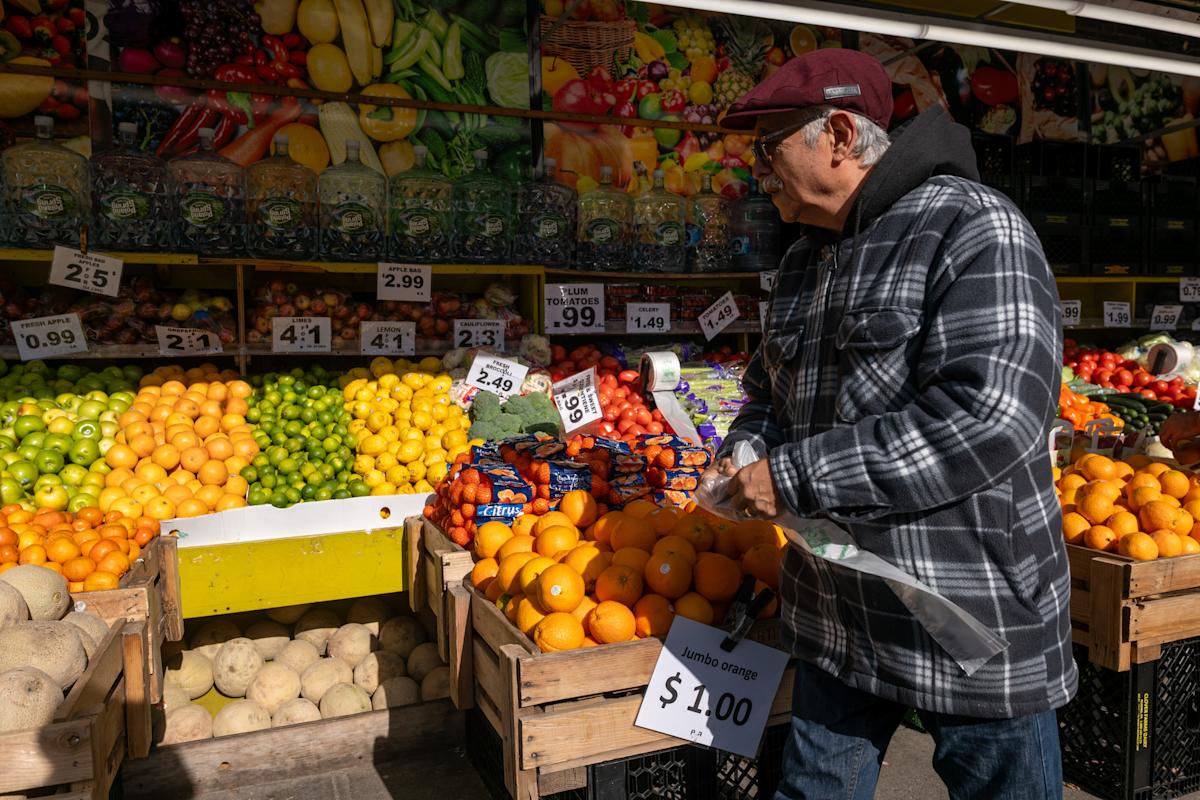Imagine the letter K.
On the right side, you can see the top diagonal moving up while the bottom diagonal falls to the ground. Now replace high-income Americans with the top diagonal, going up and down, and low-income Americans with the bottom, and you can see why comparing our economy to the shape of the letter “K” resonates with many people.
The K-shape phenomenon not only helps explain why many Americans feel like they are falling behind, but it is also a reminder that economic policies have real consequences, said Diane Swank, chief U.S. economist at KPMG, and a warning that the divergence between the wealth of wealthier people and the rest of the country is unhealthy.
“Gini coefficient” technical analysis about the gap between rich and poor.
“Inequality, as measured by the Gini coefficient, is at its second highest level ever,” Swank said. “This level is more destructive than growth-promoting.”
But what's even more alarming is that real-life examples of the growing gap between rich and low-income Americans are everywhere.
“Customers are under a lot of stress because of the economy,” said Ron Sargent, CEO of grocery company Kroger. September Earnings Announcement. “Low- and middle-income households are really looking for deals. They're using coupons more. They're taking fewer but more frequent trips. And they're buying more private-label products. They're also eating out less. If you look at higher-income households, while they're also concerned about the economy and food prices, they're still spending.”
On Oct. 29, Chipotle CEO Scott Boatwright told stock analysts that consumers of all income levels cut their spending earlier in the year as consumer sentiment weakened. “Since then, the gap has widened and low- and middle-income guests have further reduced the frequency of their visits,” he said.
While it might seem pretty obvious that people with higher disposable income would go out and spend more, that's not how the U.S. economy has traditionally worked. In fact, wealthier Americans have traditionally been more likely to save money rather than spend it, Swank noted, while lower-income consumers are more likely to spend a larger percentage of their paychecks or windfalls such as stimulus payments or tax refunds.
Recent Analysis Cresset Capital's chief investment strategist Jack Ablin highlighted this phenomenon: “Low-income families allocate a higher share of their income to spending on essentials, such as housing (32.9% of spending), transportation (17%) and food (12.9%), making these families more vulnerable to rising prices for essentials,” he wrote.








